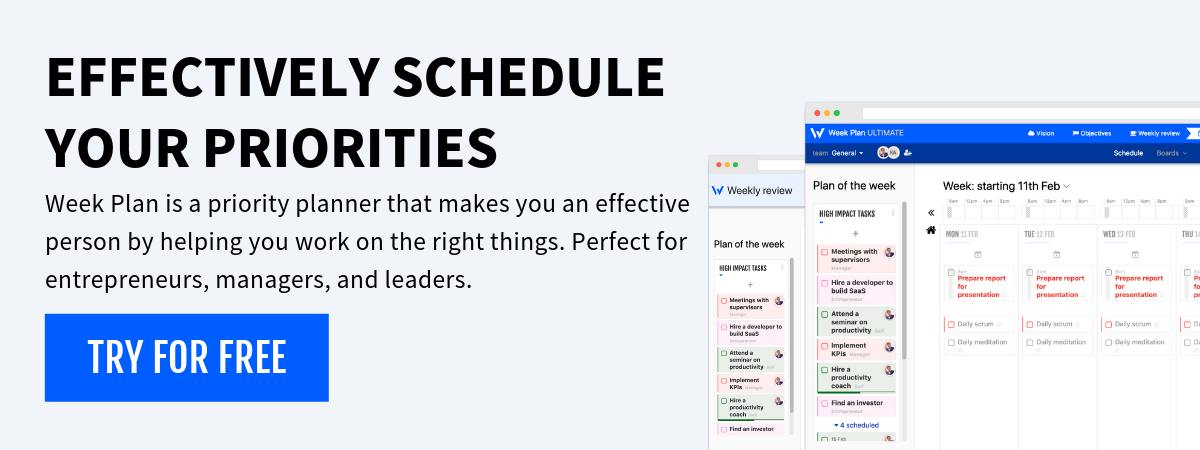The Spotlight Method represents a strategic framework designed to enhance focus and productivity in both personal and professional settings. This approach draws on the analogy of a spotlight, emphasizing the importance of directing one’s attention to specific areas while minimizing distractions. It is particularly useful for individuals seeking to improve their ability to concentrate on tasks or projects that require deep thought and sustained attention.
Understanding The Spotlight Method
At its core, the Spotlight Method is about prioritization and selective focus. Just as a spotlight illuminates a specific area, leaving the rest in darkness, this method encourages individuals to highlight key tasks or objectives while temporarily ignoring less critical activities. This selective attention helps to ensure that efforts are concentrated on areas that will yield the most significant results or satisfaction.
The Mechanics of The Spotlight Method
Identification of Key Areas: The first step involves identifying the tasks or goals that require immediate attention. These are your ‘spotlit’ areas.
Allocation of Resources: Once key areas are identified, the next step is to allocate your time, energy, and resources efficiently to these areas.
Minimization of Distractions: This involves creating an environment where distractions are minimized, allowing for a deeper focus on the tasks at hand.
Periodic Review and Adjustment: The method also includes regular reviews of your focus areas to adjust and realign as necessary, ensuring that your spotlight is always aimed at the most impactful activities.
The Importance of The Spotlight Method in Time Management
While the Spotlight Method does not explicitly mention time management, its principles are inherently linked to managing one’s time more effectively. By concentrating on tasks that are deemed most important, individuals can make better use of their time, leading to increased productivity and efficiency. This method allows for a more strategic approach to work and personal tasks, ensuring that time is not wasted on inconsequential activities. The Spotlight Method can be applied in various contexts, from completing a work project to planning daily activities. For example, if a project deadline is approaching, using the Spotlight Method would involve focusing all available resources on completing the project, while temporarily setting aside less critical tasks.
Examples and Case Studies
Professional Application
In a professional setting, an employee might use the Spotlight Method to prioritize tasks based on urgency and importance. By focusing their attention on completing a client proposal before moving on to answer routine emails, they ensure that critical tasks are not neglected. Highlighting an employee’s history can further enhance the company’s culture and employer brand.
Personal Application
On a personal level, an individual might apply the Spotlight Method to achieve personal goals, such as learning a new language. By dedicating specific hours of the day to language study and minimizing distractions, they can make consistent progress.
Benefits
Improved Focus: By limiting the scope of attention, individuals can focus more deeply on the task at hand. The Spotlight Method can also enhance the employer brand by showcasing employee achievements.
This method not only boosts internal morale but also projects a positive work culture, enhancing the company’s reputation in the outside world.
1. Increased Productivity
Concentrating efforts on high-priority tasks leads to more efficient use of time.
2. Enhanced Satisfaction
Completing significant tasks first can lead to a greater sense of accomplishment and satisfaction.
Challenges
1. Difficulty in Prioritization
Identifying the most important tasks requires judgment and may not always be straightforward.
2. Resistance to Distractions
Minimizing distractions requires discipline and may be challenging in environments not conducive to focused work.
Conclusion
The Spotlight Method offers a structured approach to prioritizing tasks and focusing attention where it’s most needed. By adopting this method, individuals and organizations can enhance their productivity and efficiency, achieving their goals with greater precision and satisfaction. While it may present challenges in terms of prioritization and maintaining focus, the benefits of increased productivity and the satisfaction of completing key tasks make it a valuable tool in the arsenal of effective time management strategies.

More Posts
11 Best Employee Recognition Ideas
Recognition in the workplace is an influential factor for employee satisfaction and motivation. The act of appreciating staff efforts not only fulfills their need for acknowledgment but also fosters a supportive company culture....
11 Best Tips to Manage Your Monthly Travel Expenses
Managing your monthly travel spending can be tough. But, with smart plans and sticking to them, you can save a lot. Companies, on average, use about $950 yearly for each employee’s local trips....
Increasing Dopamine Naturally - 10 Useful Tips
The concept of our happiness mostly depends on dopamine since it directly affects the pleasure and reward centers of the brain. It is correlated with satisfaction, motivation, appetite, sleep, libido, memory and many...
9 Tips to Start a Time Management Blog
Are you into time management and love sharing tips on productivity? Then, starting a blog focused on living efficiently is ideal. This guide offers nine key tips to launch your time management blog...


